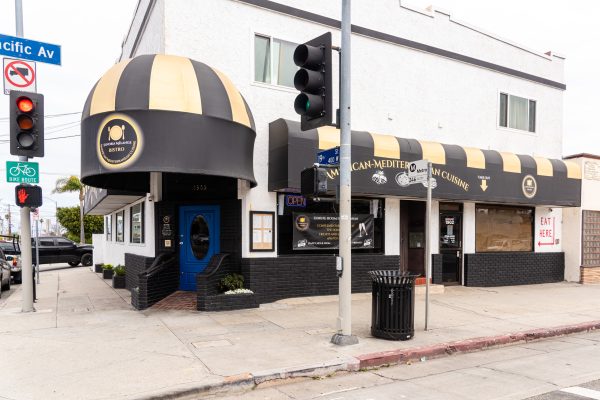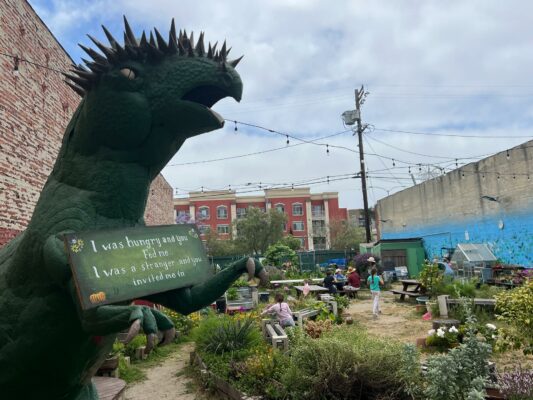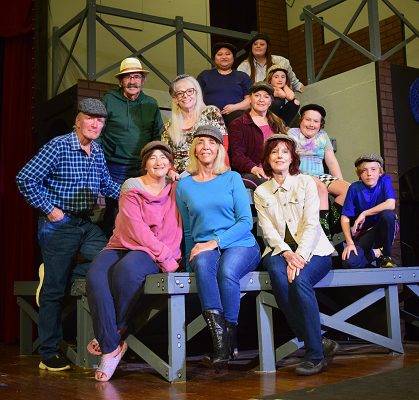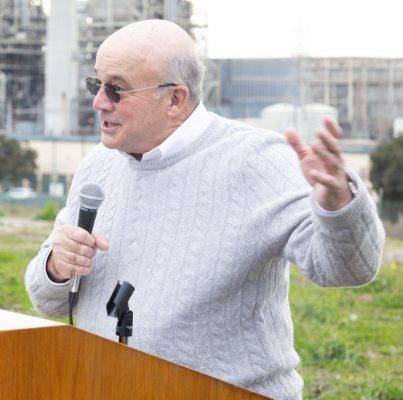The City of Redondo Beach is growing far less than expected, the City Council learned at its August 4 meeting.
The meeting, marked by the absences of council members Laura Emdee and Steve Sammarco, revolved almost entirely around a public hearing of the city’s Congestion Management Program. The city’s CMP is discussed annually, in keeping with state legislation enacted in 1990.
The discussion of the CMP is, essentially, a discussion of growth and development in the city — and as city Community Development Director Aaron Jones noted in his report to council, the city has reached a point of maturity, wherein growth is generally small and steady.
That’s not necessarily a good thing, according to the staff reports. There is a note that the city’s anticipated slow growth “significantly impacts municipal revenues” — that the lack of growth and subsequent lack of income could have severe effects on community development.
Redondo Beach’s growth began slowing in 1970. Since 1980, the city has had a net gain of about 7,000 residents with an annual growth rate of about one-half of one percent. By comparison, the city gained nearly 11,000 residents from 1960 to 1970. The most recent census estimates, from 2013, mark the city’s population at 67,815.
Growth is small in all areas of construction, as well. Over the past six years, the city has averaged about 12 new housing units per year, and about 23,000 square feet of commercial and industrial growth each year.
“The harbor and pier areas, in particular, have had no net new development for the past 16 years,” Jones told the council. Only the forthcoming Shade hotel breaks that streak. Prior to that, the waterfront has had no net growth since the construction of Ruby’s and Kincaid’s.
“That’s not as heavy as I thought we were doing,” Mayor Steve Aspel said.
District 2 councilman Bill Brand attributed the slow growth to citizen activism, which he credits with stopping development plans such as the Heart of the City project in the early 2000s, Measure B’s Harbor Village plan in March, and the recent roadblocks to the Sea Breeze and Legado developments near Redondo’s southern city limits.
From there, Brand began talking about the city’s density, noting a recent report that ranked Redondo 43rd in population density nationally for cities with more than 50,000 residents. “We need to re-look at mixed-use zoning. Those have turned into giant residential projects, and I don’t think that’s what people intended for mixed-use — you’ve got developers coming in here, maximizing residential and minimizing the commercial space,” he said.
Then, seizing upon a thread that’s been pitched by opponents to the development of the Legado and Sea Breeze projects, Brand brought up the idea of setting in place a moratorium on the construction of any new mixed-use projects within the city limits. City staff quickly put that aside, recommending that the idea be brought up in October, allowing for staff to assemble a proper report looking at a moratorium’s potential effects.
District 3 councilman Christian Horvath noted that the national trend in civic development appears to be moving away from individual vehicular transportation to walkable cities, centered around mass transit. “Where are we failing either as a city, or where are we missing the boat — as to why there’s a perception that mixed-use doesn’t work along certain corridors?” he asked staff.
Jones responded that Redondo’s Riviera Village is a perfect example of a mixed-use development, with strips of commercial development surrounded by residential housing, reciting a study saying that nearly 50 percent of all residents in the area don’t drive at all when frequenting nearby shops and services.
“There’s an incredible variety of housing already, quite a mix of product out there, and people want to live here, so it’s going to get more and more expensive — it won’t get cheaper by building more,” Brand said. “You’ve just got to keep in mind what kind of town you want to have.” ER









